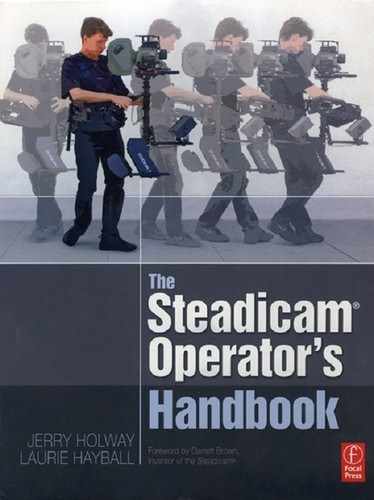Four balancing acts
Three involve the rig:
static, dynamic, and inertial
The fourth is the balance between the operator and the machine

Initially, achieving static balance keeps the sled in an upright and level position while hanging from the gimbal.
Dynamic balance further aids in keeping the sled upright and level while the Steadicam is panning.
Inertial balance determines how resistant the sled is to angular changes in any axis or any combination of axes.
And lastly, the operator must learn to put on the vest, connect the arm, mount the sled, and “fly” the rig. This balance requires the operator and Steadicam to move as one.
Carefully balance the Steadicam for each shot
A poorly or inappropriately balanced sled will only make it more difficult to achieve your goals. Really good operators are constantly tweaking the balance of the sled as they rehearse and go through multiple takes of a shot.
There are often a variety of ways to position the major components in relation to one another. Some sleds have more options for positioning and adjusting components than others.
Before you start balancing, be sure you understand how all the pans of your sled fit together, how the camera mates with the sled, the types and range of adjustments that are possible, and how any and all safety mechanisms work.
